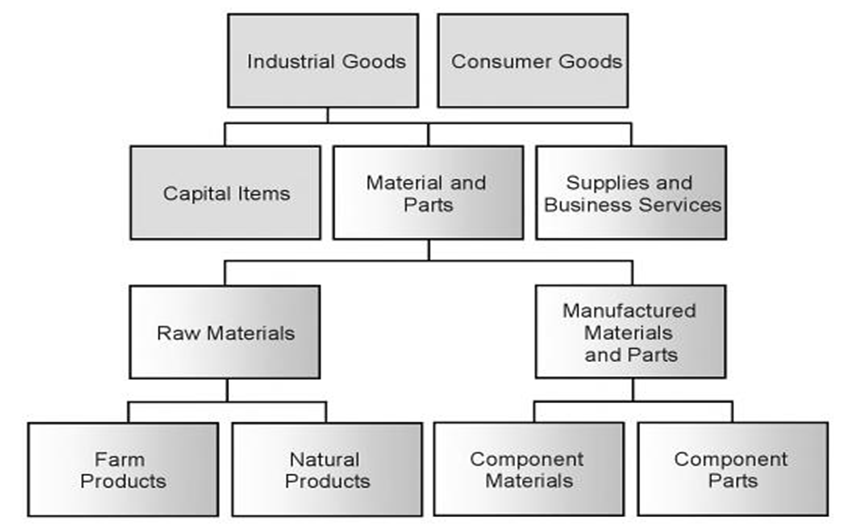Ingredient Branding
 Ingredient branding, as the name implies “is strategic brand management for materials, components, parts, services, etc” (Kotler and Pfoersch, 2010, p.17). Pride et al. (2011) credit the global microprocessor company Intel for the development of the term of ingredient branding. Namely, the introduction of “Intel Inside” program in 1991 was initiated with the main purpose of marking Intel microprocessors from the products of its competitors and build an effective consumer brand.
Ingredient branding, as the name implies “is strategic brand management for materials, components, parts, services, etc” (Kotler and Pfoersch, 2010, p.17). Pride et al. (2011) credit the global microprocessor company Intel for the development of the term of ingredient branding. Namely, the introduction of “Intel Inside” program in 1991 was initiated with the main purpose of marking Intel microprocessors from the products of its competitors and build an effective consumer brand.
It has been stated that “an ingredient branding strategy pulls demand from end users through the distribution channel back to the original equipment manufacturers, who feel pressure to use the branded ingredients in the goods they make” (Mohr et al., 2009, p.415). At the same time, some respected marketing scholars argue that “ingredient Branding can start in a later stage of a product life cycle” (Kotler and Pfoersch, 2010, p.19).
Moreover, Kotler and Pfoersch (2010) specify general targets of ingredient branding in the following manner:
General Targets of Ingredient Branding
Source: Kotler and Pfoersch (2010)
The issue of relationship between brand role and distributors’ own-brands’ market share has been addressed by Kapferer (2012) who identifies individual functions of branding and their consumer benefits in the following manner:
| Function | Consumer benefit |
| Identification | To be clearly seen, to quickly identify the sought-after products, to structure the shelf perception |
| Practicality | To allow savings of time and energy through identical repurchasing and loyalty |
| Guarantee | To be sure of finding the same quality no matter where or when you buy the product or service |
| Optimisation | To be sure of buying the best product in its category, the best performer for a particular purpose |
| Badge | To have confirmation of your self-image or the social image that you represent to others |
| Continuity | Satisfaction created by a relationship of familiarity and intimacy with the brand that you have been consuming for years |
| Hedonistic excitement | Enchantment linked to the attractiveness of the brand, to its logo, to its communication and its experiential rewards |
| Ethical | Satisfaction linked to the responsible behaviour of the brands in its relationship with society (sustainable development, CSR, employment, citizenship, advertising which doesn’t shock) |
Relationship between brand role and distributors’ own-brands’ market share
Source: Kapferer (2012)
References
Kapferer, J.N. (2012) “The New Strategic Brand Management: Advanced Insights and Strategic Thinking” 5th edition, CPI Group
Kotler, P., Pfoersch, W. (2010) “Ingredient Branding: Making the Invisible Visible” Springer Publications
Mohr, J.J., Sengupta, S. & Slater, S.F. (2009) “Marketing of High-Technology Products and Innovations” 3rd edition, Jakki Mohr

